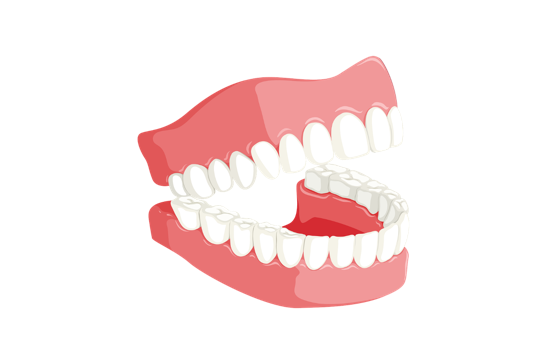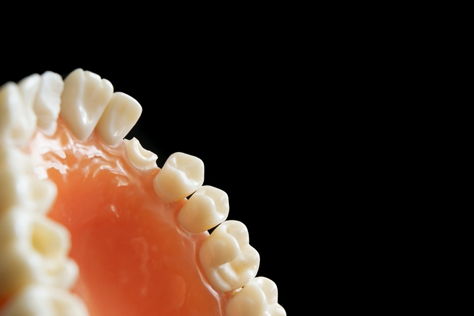How can you go from a healthy tooth to a root canal? Tooth decay is one of the most common issues that people face, especially because people don’t recognize early signs of it. These alarms come in the form of different stages of tooth decay. Each stage gets increasingly worse, making the damage irreparable, with the final stage leading to tooth loss.

(Source)
Stages of Decay in Teeth
Early signs of decay include darkening teeth, abrupt and extreme pain in the teeth, and cavities. As soon as you see these symptoms start, it means your teeth are starting to decay. They will also likely go through various stages of damage.
Demineralization
Demineralization is the first stage and affects the first layer of the tooth called enamel. This layer weakens due to the plaque that spreads and infects the tooth. The developing acids in the stomach start to chip away the enamel. Specific foods that add to poor diet and bad nutrition develop these acids inside the stomach.
These white spots on the teeth are your first sign to fix your diet and check with your dentist for medical guidance. If the enamel regains its minerals, the white spots will vanish, and so will the alarm of decaying teeth.
Decaying Enamel
If you don’t check in with your dentist as soon as you see those white dots appear on your teeth, then the enamel layer might eventually decay. Enamel is the strongest substance in your body, even more than your bones, and they require proper minerals to keep their strength.
If untreated, the plaque will continue building up and wear down the enamel, entering deeper within the tooth. Once you reach this stage, the dentist will have to fill in the tooth.
Damaged Dentin
If you don’t book an appointment even after severe tooth pain and visible white spots on your teeth, your teeth will progress to stage three, damaged dentin. This layer in the tooth is more tender and fragile than enamel.
The dentin is the final layer of protection for the pulp. At this stage, as bacteria and plaque spread, chewing and eating becomes challenging. Toothaches, sensitivity to hot or cold foods, and discoloration are common symptoms of a damaged dentin layer. Dentists repair this by filling the crevices or, in some severe cases replacing the crown entirely.
Pulp Damage
As mentioned above, dentin protects a lump of tissues and nerves known as the pulp. And if the damaged tooth isn’t treated, then the bacteria break through the tender layer of dentin and start damaging the pulp. This soft center is responsible for any sensation you feel with your tooth.
When this decay reaches the pulp, it causes an infection. As infection in the pulp grows, the pain will increase. The symptoms of an infection include blackened gums, consistent bad smells from your mouth, and inflammation.
Disease and Root Canal
If the pulp gets damaged, your dentist will recommend you to an endodontist for root canal treatment. Pulp damage can lead to infections and diseases in the tooth, and the root canal is the most common infection. However, if the operation isn’t successful, you’ll have to extract the tooth.

(Source)
Healthy Tooth to Root Canal: Bottom Line
To prevent tooth loss, pay attention to the health of your teeth and notice if there are any similar decaying stages occurring in any tooth. Visit your dentist twice a year and look for the most skilled and qualified endodontist for root canal treatment.
At Bryant Park Endodontics, you can enlist the help of Young Bui, DDS, who can fix your complex tooth issues. Contact us at 646-205-3045 to book an appointment today.
Young Bui, DDS
30 East 40th Street Suite 1201
New York, NY 10016
646-205-3045
Drendo4u@yahoo.com
